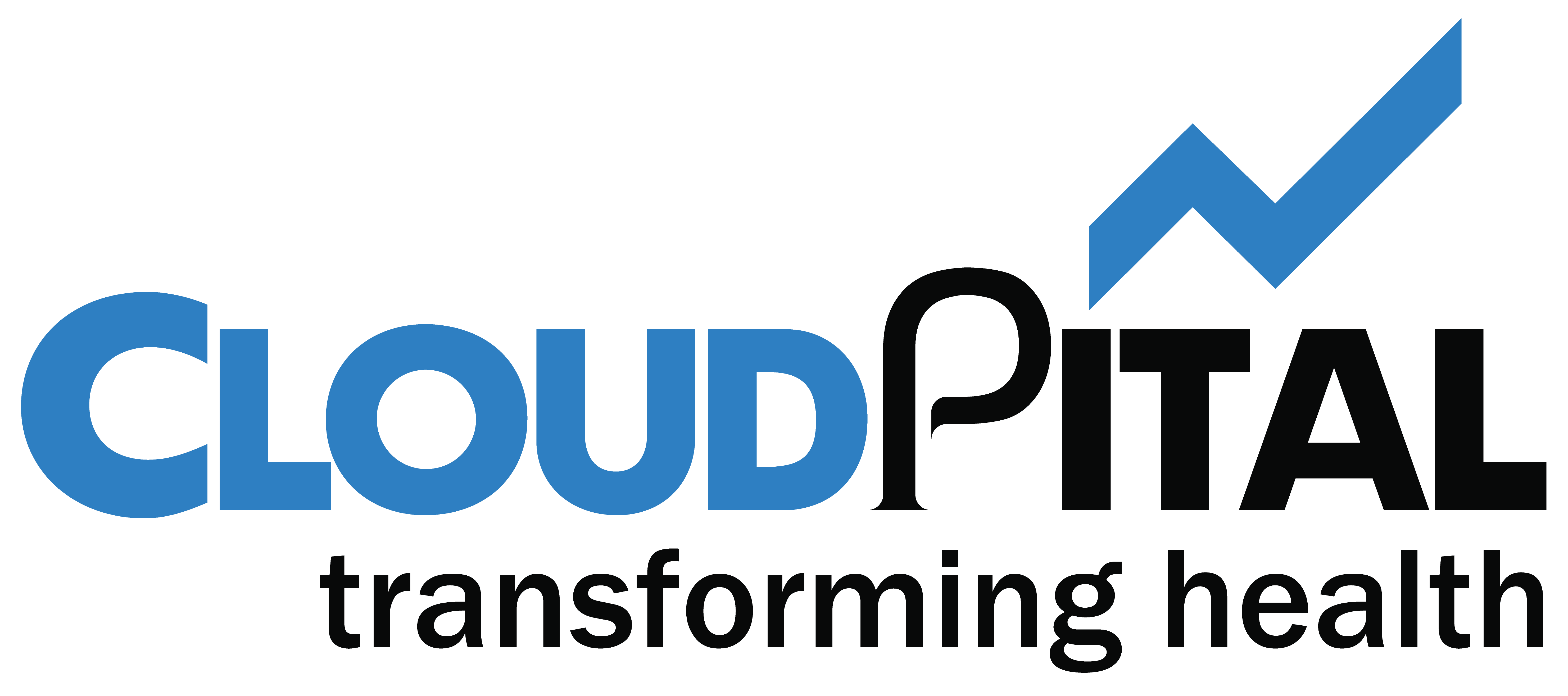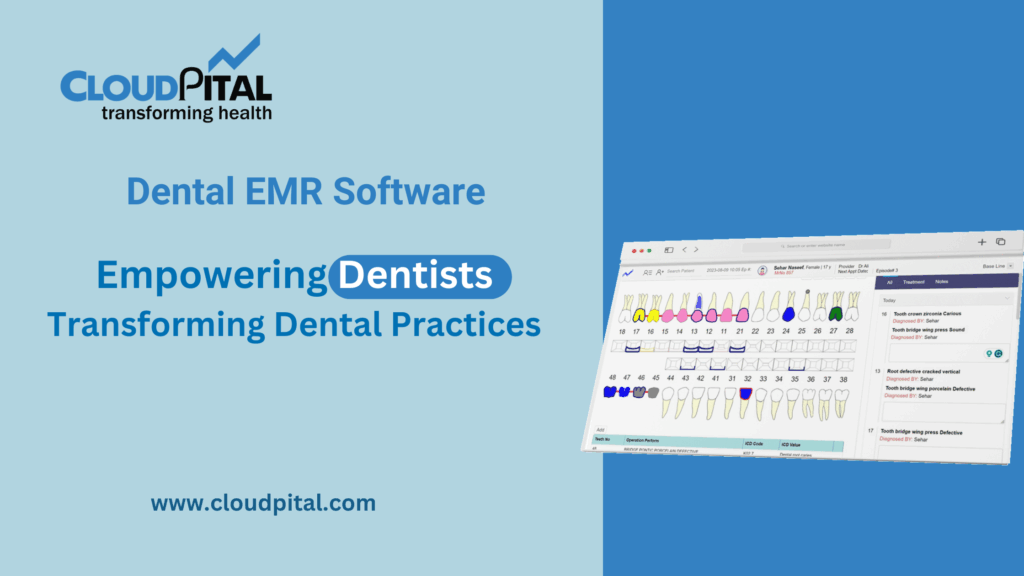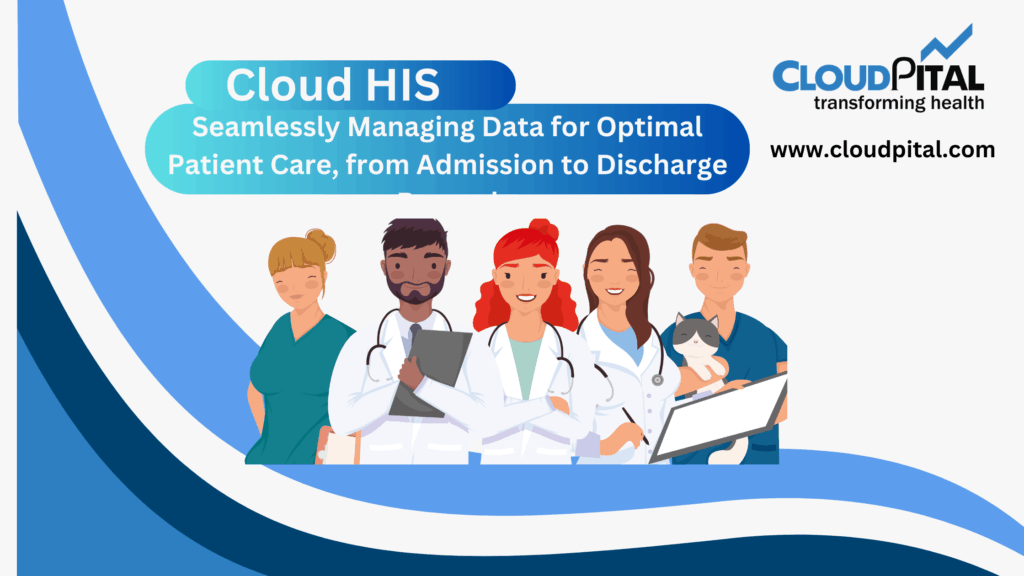Cloudpital # 1 is one of the top Medical Solutions to provide healthcare services remotely and has revolutionized the accessibility and delivery of healthcare across the globe. By breaking down traditional barriers to care, telemedicine improves patient access in numerous ways, including reducing geographical barriers, decreasing waiting times, increasing availability of specialists, and offering greater convenience and cost-effectiveness. This comprehensive overview examines how telemedicine enhances patient access to healthcare, with a focus on its various applications, benefits, and the challenges that need to be addressed to maximize its potential.
Click to Start Whatsapp Chatbot with Sales
Mobile: +966547315697
Email: sales@cloudpital.com
Cloudpital # 1 Medical Solutions

Geographic and Physical Barriers
One of the most significant ways Medical Solutions improves access to healthcare is by overcoming geographic and physical barriers. In rural and remote areas, where healthcare facilities and specialists are often scarce, telemedicine provides a crucial link between patients and providers. For instance, a patient living in a rural community can consult with a specialist located in a major city without the need to travel long distances. This is particularly beneficial for individuals with mobility issues, chronic illnesses, or those who require frequent follow-ups.
Reducing Waiting Times
Telemedicine can also significantly reduce waiting times for patients. Traditional healthcare systems often suffer from long waiting periods, especially for specialist consultations. With telemedicine, patients can receive quicker initial consultations and follow-up appointments. Virtual visits can be scheduled more flexibly, allowing healthcare providers to see more patients in a shorter amount of time. This efficiency helps in managing patient load more effectively and reduces the burden on healthcare facilities.
Increased Availability of Specialists
Another critical aspect of telemedicine is its ability to increase the availability of specialists. In many regions, especially in underserved areas, access to specialized medical care is limited. Telemedicine enables patients to consult with specialists regardless of their location. For example, a patient in a small town with a rare condition can receive expert advice from a specialist in a distant hospital. This not only ensures that patients receive the best possible care but also aids in early diagnosis and treatment, which can be crucial for certain medical conditions.
Convenience and Flexibility
Medical Solutions offers unparalleled convenience and flexibility for both patients and healthcare providers. Patients can schedule appointments at times that are most convenient for them, often outside of traditional office hours. This is particularly advantageous for individuals with busy schedules, those who need to balance work and family commitments, or those who might find it difficult to take time off for medical appointments. Additionally, telemedicine eliminates the need for travel, which can be time-consuming and costly.

Cost-Effectiveness
Cost-effectiveness is another significant benefit of telemedicine. By reducing the need for travel, Medical EMR Software helps patients save on transportation costs and time. Furthermore, virtual consultations can be less expensive than in-person visits, making healthcare more affordable. For healthcare providers, telemedicine can lower operational costs by reducing the need for physical space and resources. This economic efficiency can be particularly beneficial in low-income areas or for patients without comprehensive health insurance.
Chronic Disease Management
Telemedicine is particularly effective in the management of chronic diseases. Patients with chronic conditions such as diabetes, hypertension, and heart disease often require regular monitoring and follow-ups. Telemedicine facilitates continuous monitoring through remote patient monitoring (RPM) devices, which can track vital signs and other health metrics in real-time. This allows healthcare providers to keep a close watch on patients’ conditions and make timely interventions if necessary, thus preventing complications and hospitalizations.
Mental Health Services
Access to mental health services is another area where telemedicine has made a significant impact. Mental health disorders often go untreated due to stigma, lack of access to providers, and logistical challenges. Telemedicine offers a discreet and convenient way for individuals to seek mental health care. Through virtual therapy sessions, patients can receive counseling and psychiatric care from the comfort of their homes. This can be particularly beneficial for those with anxiety, depression, or other mental health conditions that make leaving home difficult.
Emergency and Critical Care
Telemedicine has also proven to be valuable in emergency and critical care situations. For instance, in the case of a stroke, time is of the essence. Telemedicine can facilitate immediate consultations with neurologists who can guide local healthcare providers in administering the right treatment promptly. This can be lifesaving and can significantly improve outcomes for patients. Similarly, telemedicine can support emergency rooms by providing quick access to specialists, thus enhancing the quality of care provided in critical situations.
Global Health and Humanitarian Aid
In the context of global health and humanitarian aid, telemedicine plays a crucial role. It allows medical teams to provide care in disaster zones, conflict areas, and regions with limited healthcare infrastructure. Through telemedicine, healthcare providers can offer remote consultations, diagnostic support, and training to local healthcare workers, thereby improving the quality of care in underserved areas. This can be particularly important during outbreaks of infectious diseases, where rapid response and expert guidance are essential.
Educational Opportunities
EHR Systems in Saudi Arabia also contributes to the education and training of healthcare providers. It enables continuous medical education through virtual seminars, workshops, and conferences. Providers in remote areas can benefit from the latest medical knowledge and advancements without the need to travel. This ongoing education helps to ensure that healthcare providers are well-informed and capable of delivering high-quality care.
Challenges and Solutions
Despite its numerous benefits, telemedicine does face challenges that need to be addressed to fully realize its potential. These challenges include technological barriers, regulatory issues, and concerns about data security and privacy.
Technological Barriers
One of the primary challenges is the availability and reliability of technology. High-speed internet access is not universally available, particularly in remote and underserved areas. To overcome this, investments in infrastructure are necessary to ensure that all regions have the technological capabilities to support telemedicine. Additionally, both patients and providers need to be trained in using telemedicine platforms effectively.
Regulatory Issues
Regulatory issues also pose significant challenges. Different regions have varying regulations regarding telemedicine, which can complicate cross-border consultations and the provision of care. Standardizing regulations and creating a cohesive legal framework can help streamline telemedicine practices and make it easier for providers to offer their services globally.
Data Security and Privacy
Data security and privacy are paramount concerns in telemedicine. The transmission of sensitive health information over digital platforms requires robust security measures to prevent data breaches and unauthorized access. Implementing advanced encryption methods, secure communication channels, and strict privacy policies can help mitigate these risks. Additionally, patients need to be educated about how their data is protected and what measures are in place to ensure their privacy.
Equity and Inclusion
Ensuring equity and inclusion in telemedicine is crucial. While telemedicine can enhance access to care, it is essential to address the digital divide that may prevent some populations from benefiting fully. This includes providing access to devices, internet services, and digital literacy programs for underserved communities. Policies and programs aimed at reducing these disparities are necessary to ensure that telemedicine serves as a tool for health equity.
The Future of Telemedicine
The future of telemedicine looks promising, with ongoing advancements in technology and increasing acceptance among both patients and providers. The integration of artificial intelligence (AI) and machine learning into telemedicine platforms holds the potential to further enhance diagnostic accuracy and personalized care. Wearable health devices and mobile health applications are becoming more sophisticated, allowing for more comprehensive remote monitoring and management of health conditions.
Additionally, the COVID-19 pandemic has accelerated the adoption of telemedicine worldwide, demonstrating its effectiveness and necessity. As a result, many healthcare systems are now integrating telemedicine into their standard practices, ensuring its sustainability and growth in the post-pandemic era.
Conclusion
Telemedicine has emerged as a transformative force in healthcare, significantly improving patient access to medical services. By eliminating geographic and physical barriers, reducing waiting times, increasing the availability of specialists, and offering greater convenience and cost-effectiveness, telemedicine enhances the overall healthcare experience. It plays a vital role in chronic disease management, mental health services, emergency care, and global health initiatives.
However, to fully leverage the benefits of telemedicine, it is essential to address the challenges related to technology, regulation, data security, and equity. With continued advancements and strategic efforts to overcome these obstacles, telemedicine has the potential to reshape the future of healthcare, making it more accessible, efficient, and patient-centered.
As we move forward, the integration of new technologies and the development of supportive policies will be crucial in ensuring that telemedicine continues to expand and improve healthcare access for all populations. By doing so, we can create a more inclusive and effective healthcare system that meets the needs of patients regardless of their location or circumstances.
Click to Start Whatsapp Chatbot with Sales
Mobile: +966547315697
Email: sales@cloudpital.com
Medical Solutions
Medical Solutions
Medical Solutions
How does Medical Solutions improve patient access to healthcare? similar software solutions prices were updated on 2025-07-05T23:10:04+00:00 in Saudi Arabia in Mecca, Medina, Riyadh, Khamis Mushait, Yanbu, Jeddah, Dammam, Unaizah, Uqair, Ha’il, Ta if, Al Bahah, Dhahran, King Abdullah Economic City, Najran, Diriyah, Qatif, Khafji, Jubail, Abqaiq, List of Cities and Towns in Saudi Arabia, Ras Tanura, Turubah, Jazan Economic City, Knowledge Economic City, Medina, Khobar, Abha, Tabuk, Saudi Arabia, similar software solutions prices were updated on 2025-07-05T23:10:04+00:00 We also provide in Saudi Arabia services solutions company in Hafar Al-Batin, Udhailiyah, Al-Awamiyah, Hofuf, Hautat Sudair, Buraidah, Tayma, Duba, ‘uyayna, Saihat, Al-Kharj, Al-ula, Jizan, Rumailah, Ar Rass, Arar, Shaybah, Al Majma’ah, Rabigh, Dhurma, Haradh, List of Saudi Cities by Gdp Per Capita, Badr, Sudair Industrial City, Baljurashi, Shaqraa, Al-Khutt, Habala, Ad Dawadimi, Dawadmi, Layla, similar software solutions prices were updated on 2025-07-05T23:10:04+00:00 Price is SAR 100 and this was updated on updated on 2025-07-05T23:10:04+00:00 similar How does Medical Solutions improve patient access to healthcare? software solutions prices were updated on 2025-07-05T23:10:04+00:00 in Saudi Arabia in Haql, Afif, Al-Abwa, Farasan, Al-Jaroudiya, Thadig, Al-Thuqbah, Al Wajh, Almardmah, Al-Zilfi, Muzahmiyya, Prince Abdul Aziz Bin Mousaed Economic City, Tharmada’a, Skaka, Um Al-Sahek, Sharurah, Tanomah, Bisha, Dahaban, Al Qunfudhah, Qurayyat, Saudi Arabia, Ha’ir, as Sulayyil, Al Lith, Turaif, Al-Gway’iyyah, Samtah, Wadi Ad-Dawasir, Az Zaimah, Safwa City, Jalajil, Harmah, Mastoorah, Hotat Bani Tamim, Jabal Umm Al Ru’us, Rafha, Qaisumah, Al-Ghat, Hajrah, Al-Hareeq. Excerpt: Jeddah (also spelled Jiddah, Jidda, or Jedda; Arabic: Jidda) is a Saudi Arabian city located on the coast of the Red Sea and is the major urban center of western Saudi Arabia similar software solutions prices were updated on 2025-07-05T23:10:04+00:00 Price is SAR 100 and this was updated on updated on 2025-07-05T23:10:04+00:00
15-5-2024




